“A” is for Autumn, Amarone & Appassimento
I have to admit that, as a travelling wine enthusiast, I’ve never quite made it to the hills of Valpolicella, north of Verona. I came very close, but only as far as the nearby Lake Garda. So, my tastings included plenty of light, Bardolino reds and fragrant, Lugana and Bianco di Custoza whites, but the jewel of the area, the supremely rich and complex Amarone reds made from air-dried Corvina grapes, eluded me. What a mistake to make!
The chalk/limestone area that constitutes the Valpolicella Classico lies immediately due east of Lake Garda in the foothills of the Dolomites mountains, around the small towns of Sant’ Ambrogio, San Pietro in Cariano, Marano, Mazzano and most notably, for Amarone, Fumane & Negrar.
Further east, about 10km due north of Verona, you’ll find the separate area of Valpolicella Valpantena, which has its own Amarone wines. Continuing eastwards, following the River Adige, the main Valpolicella DOC and Soave DOC wines are to be found.
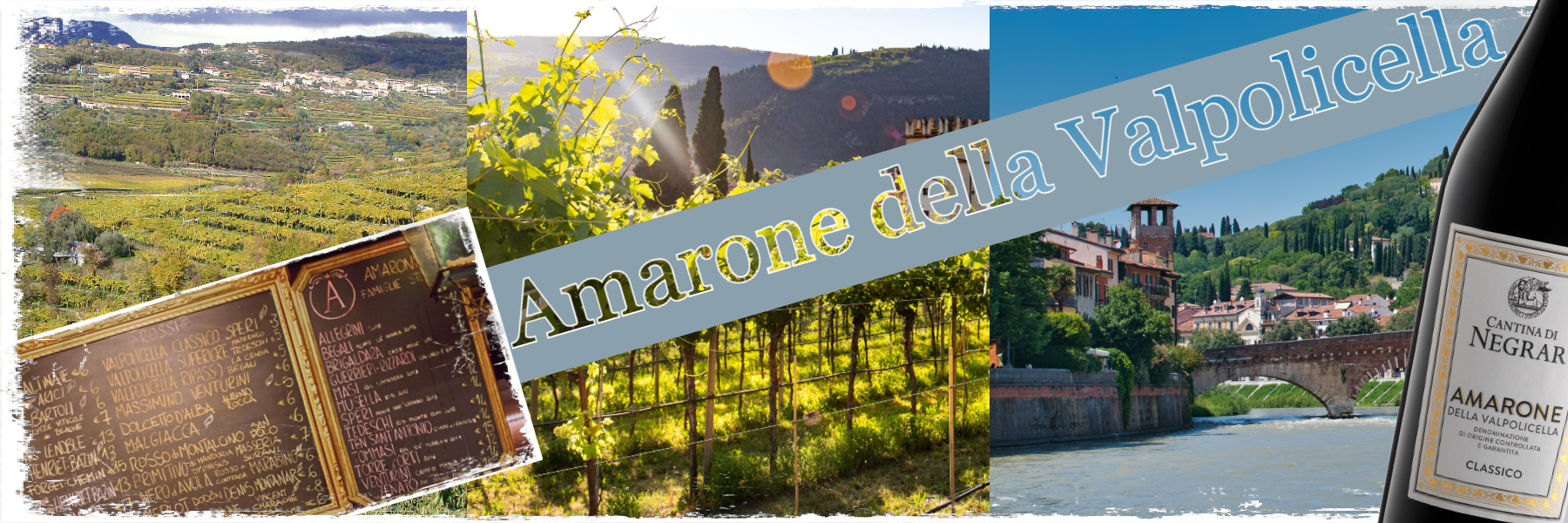
Considered by many to be one of the finest wine styles to come out of the north of Italy, “Amarone della Valpolicella” is highly unusual in its method of production.
The main, traditional grape varieties grown include Corvina, Corvinone (once considered to be a clone of Corvina, but now, with DNA testing, shown to be an unrelated variety), Rondinella and Molinari. Tiny amounts of Dinderella, Croatina, Negrara, Forselina and the recently resurrected Oseleta (almost exclusively grown by Masi) are also used. Along with Corvina/Corvinone, Oseleta is unusual for the region’s grapes in that it has a thick skin which provides more tannin and colour to the wines.
Most Valpolicella wines take 1kg of fresh grapes to make a bottle of wine, whereas Amarone, using dried grapes, takes 10kg, hence the price!
Traditionally, the vines were grown high off the ground on “pergola” to resist winter/spring frosts and, due to climate change, this method is becoming more widespread, but because of the shading effect provided by the canopy during the summer. Most vineyards, though, are still planted using the Guyot training method.
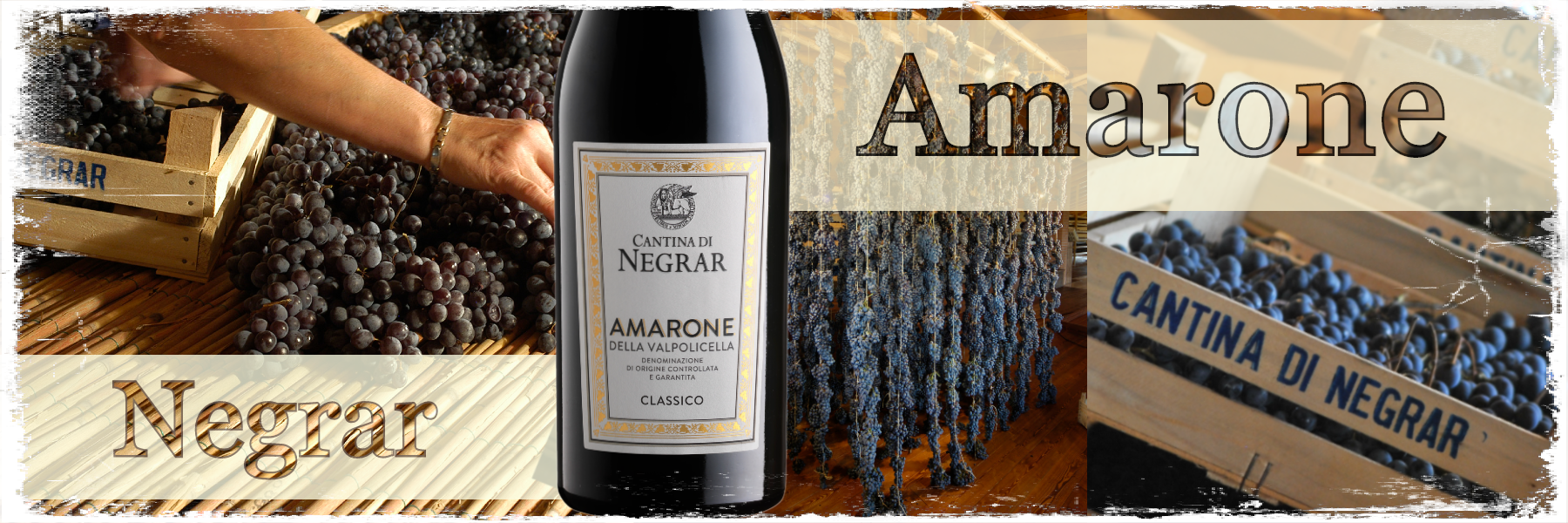
The key factor in making Amarone wines is the drying process, or “Appassimento”.
Briefly, this involves harvesting normal grapes and then either hanging them in braids (called “Treccia”) or laying them out on traditional bamboo mats (today, often replaced with plastic crates), in a part of the winery with good air flow (called the Fruttaio), to dehydrate for between 90 and 120 days, concentrating flavour, colour & sugars. Wineries often use sophisticated air conditioning systems to replicate this method to control humidity/temperature/ventilation.
By the following January, the grapes are pressed and the fermentation begins. Due to the high sugar levels present, it can take up to 45 days to finish (for a dry wine).
If the sweet, “Recioto” is to be produced, fermentation is stopped earlier. This was the style conceived as far back as ancient Roman times; Amarone is much more recent, but popular nowadays.
During “Appassimento”, some grapes can develop “noble rot” and this has to be carefully controlled, or the whole harvest can be destroyed.
After fermentation is completed the wines are transferred to either large oak “Botti”, or in modern wineries, to smaller, new French oak barrels. Sometimes, a combination of both is used. Ageing can then take up to 2 years (small casks), or as long as 7 years in Botti.
Another wine made is called “Ripasso”. It's a more modern interpretation, combining the fresh, lively character of everyday Valpolicella with the aged, dried fruit notes of the top-end Amarone. The best of both worlds!
This is where the young, normally fermented Valpolicella wine is added back into the barrels that previously contained Amarone/Recioto. The lees/pomace remaining there causes the fresh wine to undergo a second ferment that takes on the character of the Amarone, but at a much reduced cost. Often described as a “Baby Amarone”, the Ripasso style is growing in popularity with consumers (myself, included!).
There are many famous Amarone producers in the Valpolicella Classico region.
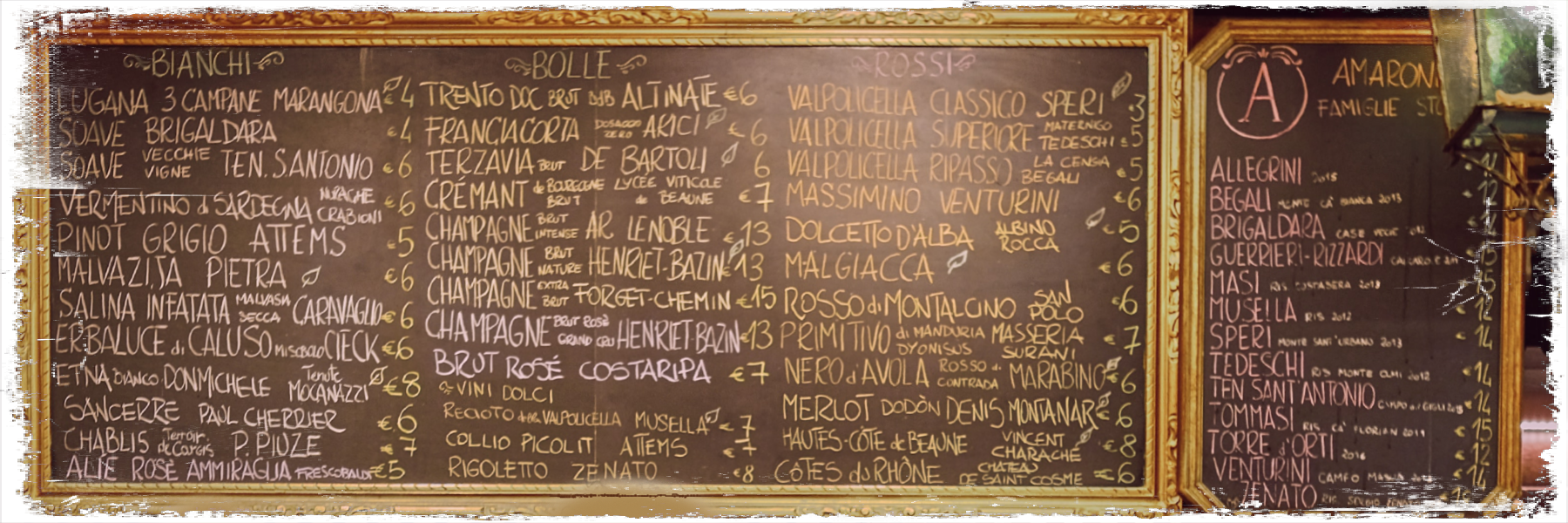
Quintarelli, based in the village of Negrar, is no doubt the most well-known and revered, with prices to match!
A short list follows of some of the finest examples you’ll be likely to find, but they won't come cheap:
Zenato (Located in Sant’ Ambrogio) £40+ Riserva £100+
Masi (Bure) £50-£150/bt [Awarded "3 Bicchieri" for the single vineyard Mazzano ‘12]
Allegrini (Fumane) £60+ [Awarded "3 Bicchieri" for Classico ‘16], Riserva £300/bt
Tedeschi (Pedemonte) “Monte Olmi “ [Awarded "3 Bicchieri" for ‘15] £100/bt
Giuseppe Quintarelli (Negrar) £250-£800/bt [Awarded "3 Bicchieri" for Riserva ’09]
Dal Forno Romano (Cellore - Val d’Illasi) £250-£500/bt [Located outside of the “Classico” region]
All prices quoted are only approximate.
"3 Bicchieri" is the Italian "Gambero Rosso" wine guide's top award. Vintages released in 2019 for the 2021 edition.
Frazier’s currently stock wines from the excellent Cantina di Negrar, Alpha Zeta (by David Gleave MW) and Giuseppe Lonardi (including their sweet red Recioto), with the 2017 vintage “Mundus Vini” GOLD Medal winning Negrar wine being of particularly good value.
The co-operative was founded in 1933 and, in 1936, the first Amarone was made accidentally when a Recioto was left to ferment to dryness. What a success!
The ideal wine to partner venison dishes and hearty, Autumn stews & casseroles. If food’s not required, it’s rich enough to just sit and drink on its own.
Intense and persistent, ethereal, fruity with hints of cherries and dried prunes, dried flowers and spices. Full bodied and very smooth, with beautifully balanced velvety tannins. A luscious, highly enjoyable example of this remarkable wine style.
A true “Vino da Meditazione” for an evening in front of the fire. Why not?
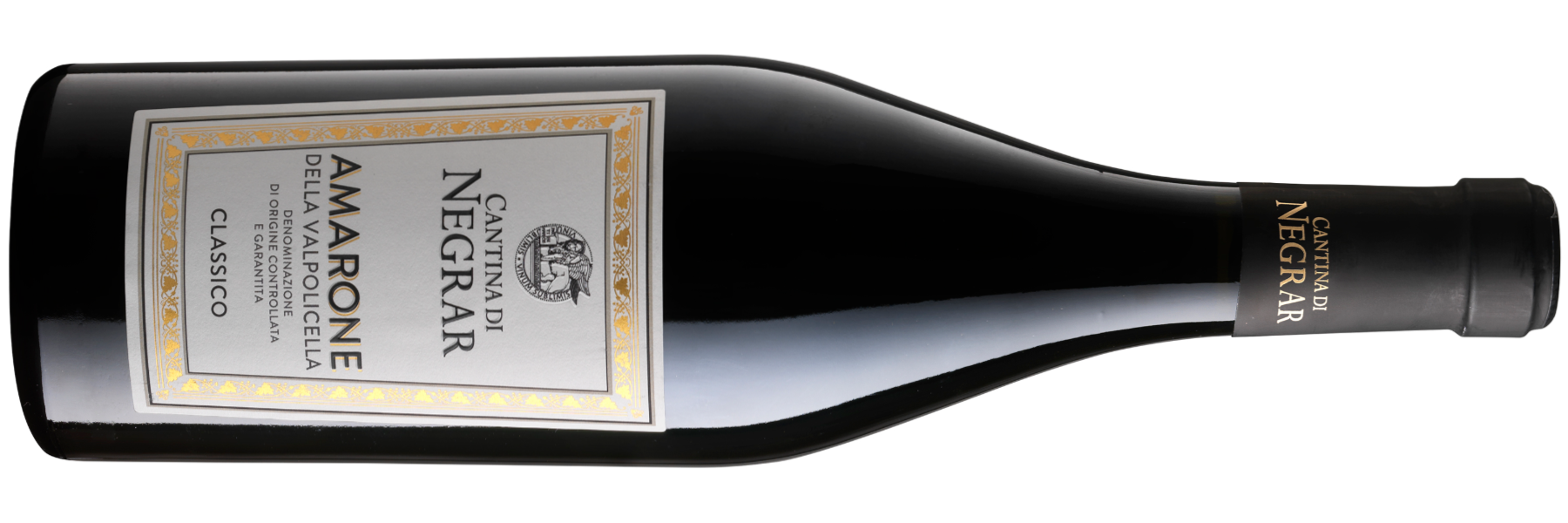
Buy some here for only £24.99/bottle
The 2016 Alpha Zeta is another GOLD Medal Amarone (Sommelier Awards, 2020).
85% Corvina/Corvinone & 15% Rondinella matured in oak (a mixture of large 'botti' and French oak barriques) for 18 months before bottling. This wine comes from vineyards in the rarely seen Valpantena district.
This Amarone is deep and intense on the nose with aromas of dried cherries and blueberries and notes of spiced autumn fruit compote. On the palate, it is powerful, with a lovely balance of ripe tannins and spiced, concentrated savoury cherry fruit character. A touch of woodsmoke completes the long finish.
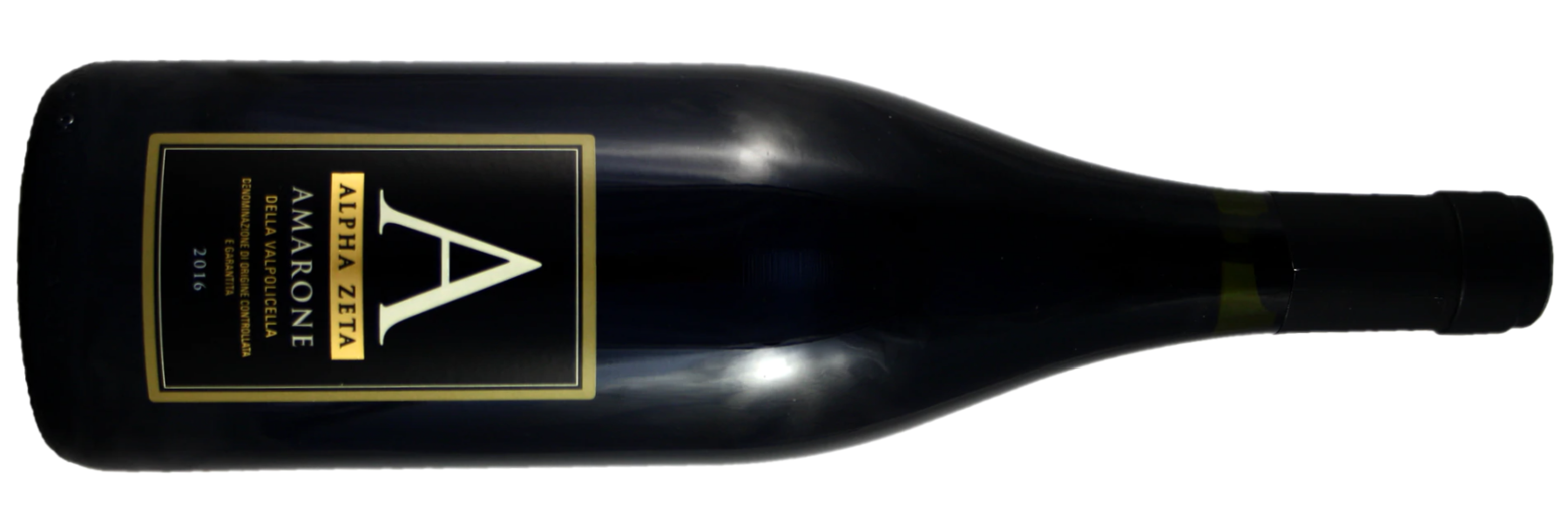
Buy some here for £32.50/bottle.
2015 Giuseppe Lonardi’s Amarone is an elegant, organic wine that utilises a tiny proportion of Croatina in the blend alongside 75% Corvina Veronese, 20% Corvinone and less than 5% Rondinella
The wine is rich, spicy, warm and silky textured with scents of very ripe fruit and hints of wild berries after ageing in oak vats for 36 months.
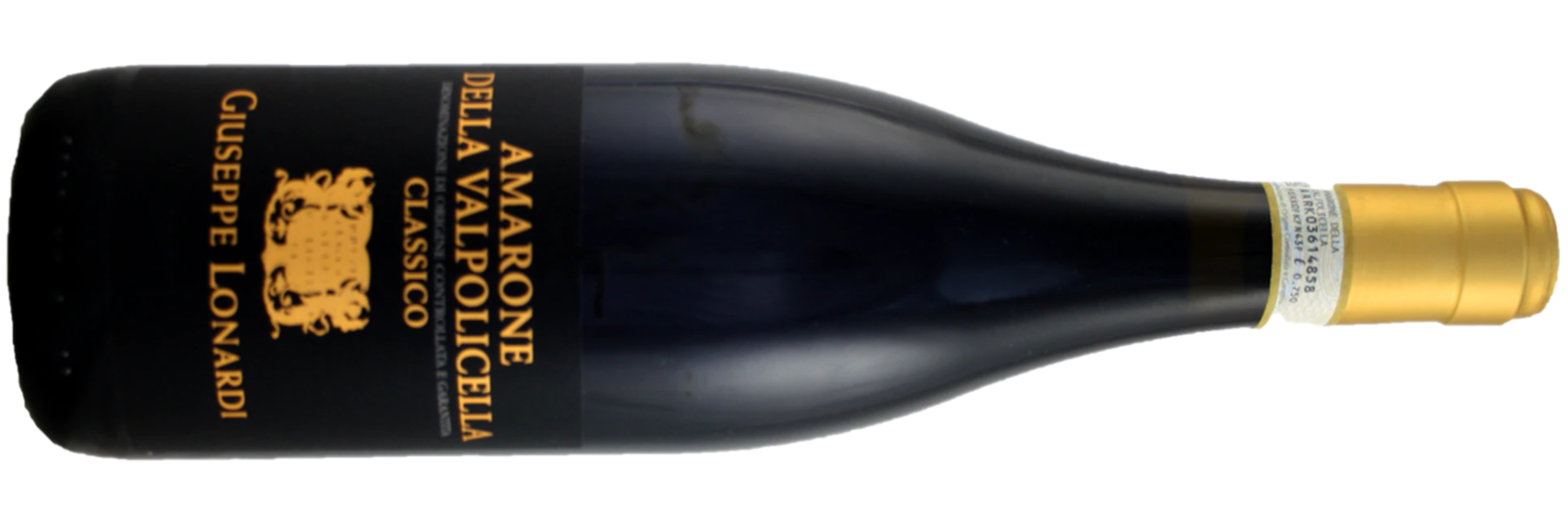
Buy some here for £38/bottle
The Lonardi “Le Arele” Recioto della Valpolicella is one for the lover of all things sweet & chocolatey.
This sweet red wine has a deep ruby colour. The wine has a spicy bouquet of dried plums, figs, spice cake, and mocha. Full and velvety on the palate with a vibrant acidity.
Recioto is a highly concentrated, rich wine to sip and meditate with after a meal. Great with chocolate and caramel based desserts. It's a must have!
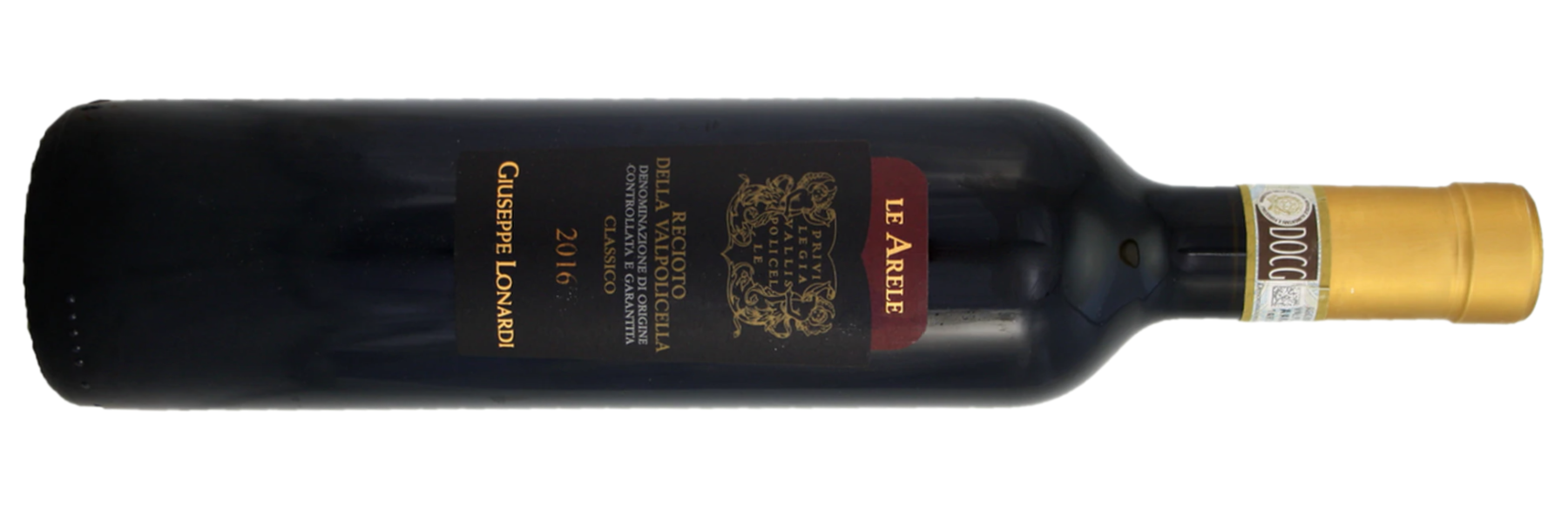
Buy some here today for £27.25/bottle
Get all of these wines delivered to your door, anywhere in the country.


